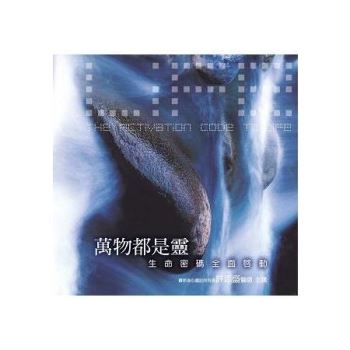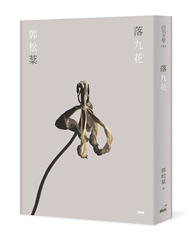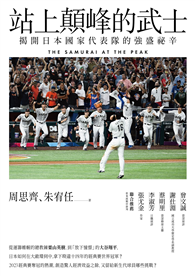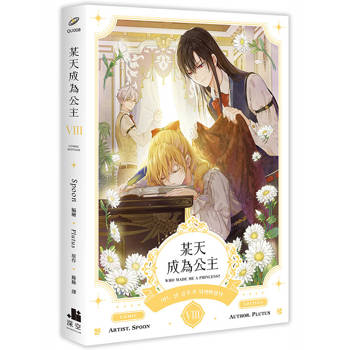Commonly used as a rallying cry for general approaches to literary studies, the imagination has until recently been overwritten with romantic and modernist inflections that impede our understanding of literature’s intimate involvement in early modern cognition. To recover the pre-Cartesian imagination, this collection of essays takes a historicist approach by situating literary texts within the embodied and ensouled faculty system. Image-making and fantasizing were not autonomous activities but belonged to a greater cognitive ecosystem, which the volume’s four sections reflect: "The Visual Imagination," "Sensory and Affective Imaginings," "Artifice and the Mnemonic Imagination," and "Higher Imaginings." Together they accentuate the imagination’s interdependency and friction with other faculties. Ultimately, the volume’s attention to the embodied imagination gives scholars new perspectives on literary and image production in the writings of Spenser, Shakespeare, Donne, and their contemporaries.
| FindBook |
有 1 項符合
The Embodied Imagination in Early Modern Literature: Unruly Images的圖書 |
 |
The Embodied Imagination in Early Modern Literature: Unruly Images 出版社:Palgrave MacMillan 出版日期:2024-07-08 語言:英文 規格:精裝 / 21.01 x 14.81 cm / 普通級/ 初版 |
| 圖書館借閱 |
| 國家圖書館 | 全國圖書書目資訊網 | 國立公共資訊圖書館 | 電子書服務平台 | MetaCat 跨館整合查詢 |
| 臺北市立圖書館 | 新北市立圖書館 | 基隆市公共圖書館 | 桃園市立圖書館 | 新竹縣公共圖書館 |
| 苗栗縣立圖書館 | 臺中市立圖書館 | 彰化縣公共圖書館 | 南投縣文化局 | 雲林縣公共圖書館 |
| 嘉義縣圖書館 | 臺南市立圖書館 | 高雄市立圖書館 | 屏東縣公共圖書館 | 宜蘭縣公共圖書館 |
| 花蓮縣文化局 | 臺東縣文化處 |
|
|
圖書介紹 - 資料來源:博客來 評分:
圖書名稱:The Embodied Imagination in Early Modern Literature: Unruly Images
內容簡介
作者簡介
Grant Williams is an Associate Professor of English Literature at Carleton University, in Ottawa, Canada, where he teaches early modern English literature and Shakespeare. With William E. Engel and Rory Loughnane, he has co-authored the critical anthologies The Memory Arts in Renaissance England (2016) and The Death Arts in Renaissance England (2022). With Donald Beecher, he has edited Henry Chettle’s Kind-Heart’s Dream and Piers Plainness: Two Pamphlets from the Elizabethan Book Trade (2022) and with William E. Engel, he has edited Shakespearean Death Arts: Hamlet among the Tombs (2022).
Mark Kaethler is Academic Chair, Arts, at Medicine Hat College, Canada, and Book Review Editor for Early Theatre. Mark is the author of Thomas Middleton and the Plural Politics of Jacobean Drama (2021) as well as a co-editor with Janelle Jenstad and Jennifer Roberts-Smith of Shakespeare’s Digital Language: Old Words, New Tools (2018). Their work has appeared in Shakespeare, Early Theatre, The London Journal, Literature Compass, and other publications.
|











